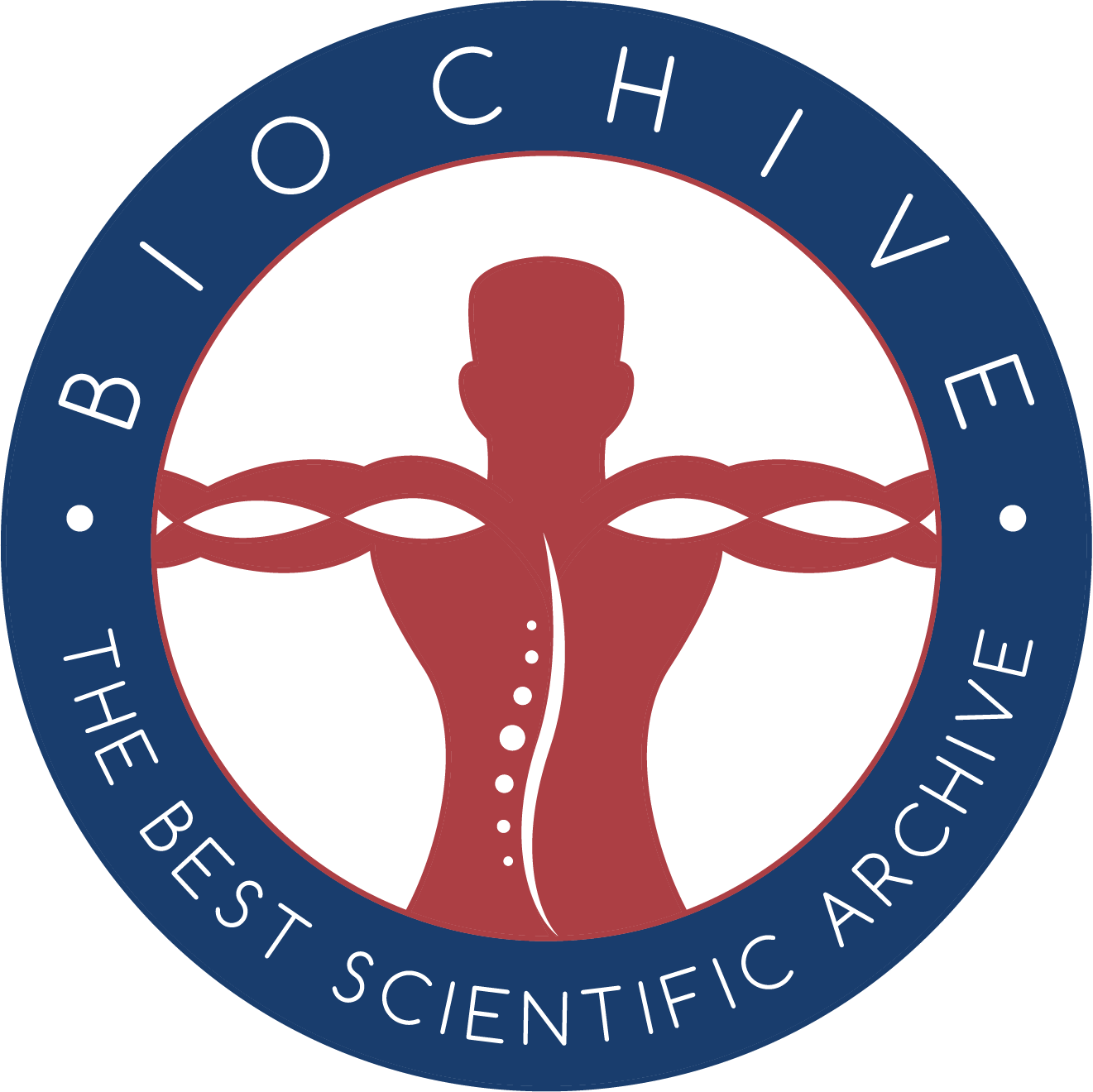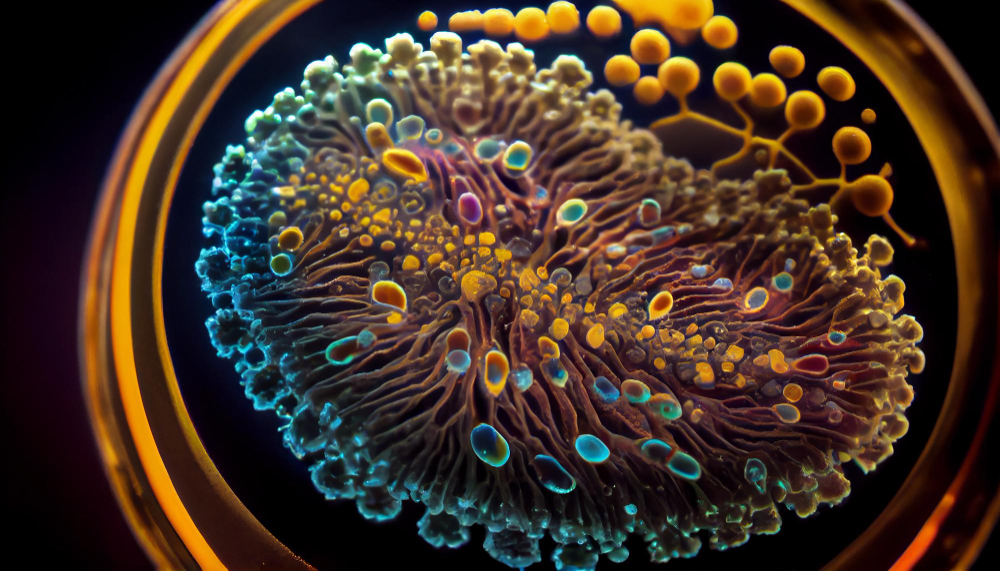According to National Geographic, the human body contains approximately 37.2 trillion cells. To put this in perspective, the combined GDP of the United States, India, Japan, Russia, and Australia is about 37 trillion dollars. This striking comparison highlights the immense number of cells in the human body, evoking a sense of wonder and fascination about the complexity and significance of cell biology. Understanding cell biology goes beyond grasping facts; it involves unraveling the mysteries of life and the human body, a journey that should captivate all of us.
Firstly, there are two main types of cells: Eukaryotic cells and prokaryotic cells. Eukaryotic cells are more complex than prokaryotic cells and more prominent in size. They contain a nucleus and membrane-bound organelles, making them more conspicuous. Despite their differences, both types always have DNA, ribosomes, cytoplasm, and a plasma membrane. A membrane-bound organelle is a specialized structure consisting of a lipid bilayer. The lipid bilayer comprises two phospholipids, with their hydrophobic heads facing the outside of an aqueous solution and their hydrophobic tails facing the inside.
Notably, plant cells possess distinct features that differentiate them from animal cells. They lack lysosomes and centrosomes but boast unique structures such as a cell wall, chloroplast, plasmodesmata, and a significantly larger vacuole than animal cells. These characteristics make plant cells a captivating and intriguing subject of study.

An Average Cell.
Oxford Languages defines an organelle as “any of several organized or specialized structures within a living cell.” The diagram above shows us a list of organelles that a eukaryotic cell can have. Eukaryotic cells must contain a nucleus, nucleolus (center portion of the nucleus), cytoplasm, smooth and rough endoplasmic reticulums, ribosomes, and a plasma membrane as a bare minimum for survival. They can also have extra or other organelles that can help them function. However, the organelles mentioned previously are all essential and have vital tasks throughout the cell, making them crucial to survival. This article will provide an in-depth explanation and analysis of all organelles found within cells, emphasizing the importance of understanding these structures to motivate and engage our readers.
We can start with arguably the most critical organelle in a eukaryotic cell: The nucleus. The nucleus acts as a command center for the entire cell. It stores genetic information while also producing the cell’s ribosomes. To be exact, it contains chromatin & chromosomes, but chromosomes only appear in cell division. They both carry genetic information in the form of DNA. Chromosomes are most compact and dense, but chromatin stores DNA more loosely and looks like jumbled-up wires. Every nucleus contains a nucleolus, so a cell with a nucleus is guaranteed to have one. The nucleolus produces ribosomes for the cell that are the producers of proteins. Although not conveyed in the diagram above, the nucleus contains a nuclear envelope and pores. The atomic pores and holes in the nucleus allocate material to enter and exit the cell. The nuclear envelope is a membrane for the nucleus and separates the nucleus from the other cell contents. Another producer of ribosomes is the rough endoplasmic reticulum. As mentioned previously, ribosomes produce proteins that are essential for the cell. On the other hand, the smooth endoplasmic reticulum lacks ribosomes but makes up for its functional abilities. It detoxifies drugs and poisons, contains enzymes for the breakdown of certain substances, metabolizes carbohydrates and steroid hormone synthesis, and, most importantly, detoxifies drugs and toxins.
A structure close by is called the Golgi apparatus. The Golgi apparatus sorts out and packages proteins and lipids. It can also modify proteins that come from the rough endoplasmic reticulum. For example, glycosylation can happen to proteins, which is the addition of sugar molecules. Golgi vesicles, a type of secretory vesicle, can store these proteins inside them. Then, these vesicles proceed to other areas, such as the cell’s surface or outside the cell. Some of these vesicles that contain enzymes can even proceed to become lysosomes.
Lysosomes clean up cells and eliminate any excess material, and they’re in animal cells. For example, if there is an overflow of lipids or carbohydrates in the cell, the lysosomes can digest and get rid of them. However, if lysosomes were to rupture somehow, it could harm the cell. Although very rare, a rupture might cause damage to the cell or even death due to the digesting enzymes kept inside the lysosomes and the acidic internal environment. Some lesser-known organelles called peroxisomes do a similar thing. They detoxify the cell, similar to the smooth endoplasmic reticulum. They generate hydrogen peroxide to oxidize certain substances, such as toxins or alcohol. Their enzymes remove hydrogen atoms from any toxic material in the cell and add oxygen to make hydrogen peroxide (H2O2). After detoxification, The peroxisomes turn the hydrogen peroxide into water and oxygen. The peroxisomes grow by taking in proteins produced by the endoplasmic reticulum. While not included in the diagram, I would like to discuss both the cilia and the flagella as organelles. They both help with the movement of the cells. The cilia is a small structure extending from the cells’ surface and performing a beating motion. The flagella, on the other hand, conducts a whip-like motion that moves the cell forward.
The cytoplasm is the gel-like substance inside of the cell. It gives the cell structure and shape while filling out the interior of the cell itself. It includes the cytosol and the organelles themselves floating in it. Other organelles, such as microfilaments, intermediate filaments, and microtubules, also structure the cell and anchor the organelles. These organelles are inside the cytoskeleton, a complex found in the cytoplasm that provides the cell with more structural support and stability. Microfilaments comprise actin protein, help with structural support, and facilitate cellular movement. Intermediate filaments comprise keratin, vimentins, and lamins, all proteins. They allow the cell to maintain mechanical strength and stability. Microtubules contain tubulin protein subunits. Microtubules help with cell division and movement inside the cell. They act as a road for transporting materials throughout the cell. The centrosome helps organize everything in the cell and comprises two centrioles. However, only animal cells have centrosomes.
Vacuoles store essential materials and keep waste products away from other parts of the cell. Both plant and animal cells have vacuoles. But, the plant cells have a much larger vacuole as they need water. Plant cells also contain chloroplasts. Chloroplasts are an essential organelle for photosynthesis in plant cells, converting light energy and water into glucose that the mitochondria can use to make energy. Both stages of photosynthesis, light-dependent reactions and the Calvin cycle, happen in the chloroplast. Plant cells also have other organelles and components that animal cells don’t. They contain a cell wall, which protects them from the outside environment and helps them communicate with other cells. Because of their cell wall, they can use plasmodesmata to communicate with other cells, which are channels that connect to the cytoplasm and allow cell-to-cell communication to occur. Both plant and animal cells contain a plasma membrane that protects and shapes the cell, but the plant cells take that a step further and have a cell wall to go along with it.
To make it easier to understand how a plasma membrane works, it is a layer that helps the cell keep out any unnecessary materials while allowing nutrients or things the cell needs to enter. They can go straight through the membrane or channels, which can help facilitate this process. Last, there are mitochondria. Arguably, it is one of the most popular and talked about organelles. The mitochondria are known as the powerhouse of the cell for a reason. It takes nutrients and food and turns them into ATP, also known as adenosine triphosphate, an energy currency that the cells use to carry out functions such as transporting materials, contracting muscle cells, synthesis of macromolecules, and metabolism. One of my other articles provides More information about the significance of mitochondria and chloroplasts.
To sum it up, all of these organelles have fascinating jobs in cells. They help cells carry out daily functions and sustain themselves. Organelles are part of the complexity of life on Earth, including humans. With many of these structures, cells could perform complex tasks such as energy production, protein synthesis, and waste management. These organelles allow the cell to respond to its environment, adapt, and grow as time goes on. Understanding organelles and cells enhances our knowledge of how organisms work and opens doors to medicine and biotechnology.
Sources: National Geographic, Wikipedia, Campbell Biology Textbook, National Human Genome Research Institute



